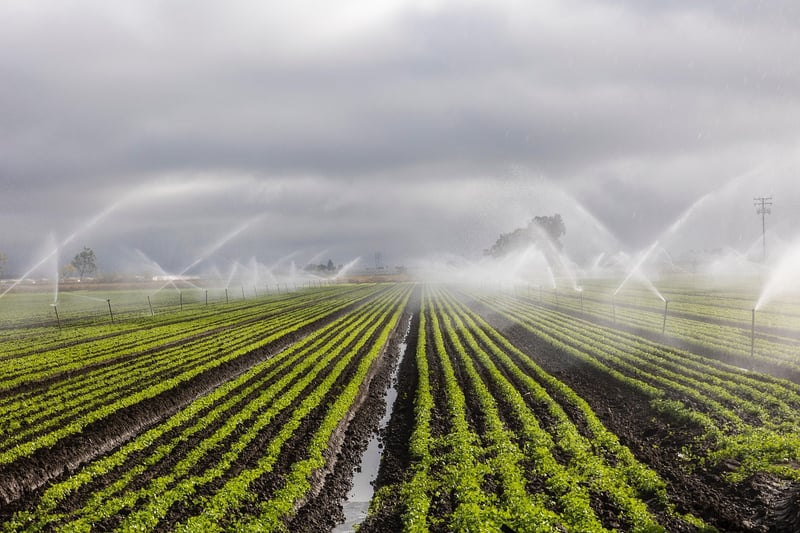Watering Techniques
Vertical Gardening Techniques and Watering Tips
Vertical Gardening
Vertical gardening is a popular method for maximizing space and creating stunning greenery in small areas. Whether you have a tiny balcony, a patio, or a limited backyard, vertical gardening can transform any space into a lush oasis.
Benefits of Vertical Gardening:
- Optimal space utilization
- Enhanced aesthetic appeal
- Improved air quality
- Easy access for maintenance
- Protection from pests
Tips for Vertical Gardening:
- Choose the right plants based on light conditions
- Use vertical planters or trellises for support
- Regularly prune and trim to maintain shape
- Consider a drip irrigation system for efficient watering
- Rotate plants for balanced growth

Watering Techniques
Proper watering is essential for the health and vitality of your vertical garden. Incorrect watering practices can lead to root rot, wilting, and nutrient deficiencies. Follow these watering techniques to ensure your plants thrive:
Best Practices for Watering:
- Water in the morning to reduce evaporation
- Check soil moisture before watering
- Water at the base of the plants to avoid wetting the foliage
- Adjust watering frequency based on plant needs and weather conditions
- Use a watering can or a gentle spray nozzle to prevent soil compaction
Signs of Overwatering:
If you notice any of the following signs, your plants may be receiving too much water:
- Yellowing leaves
- Soggy or mushy soil
- Fungus or mold growth
- Wilting despite moist soil

By incorporating vertical gardening techniques and following proper watering practices, you can create a flourishing garden in any space. Remember to tailor your approach based on the specific needs of your plants and enjoy the beauty of your vertical oasis!
